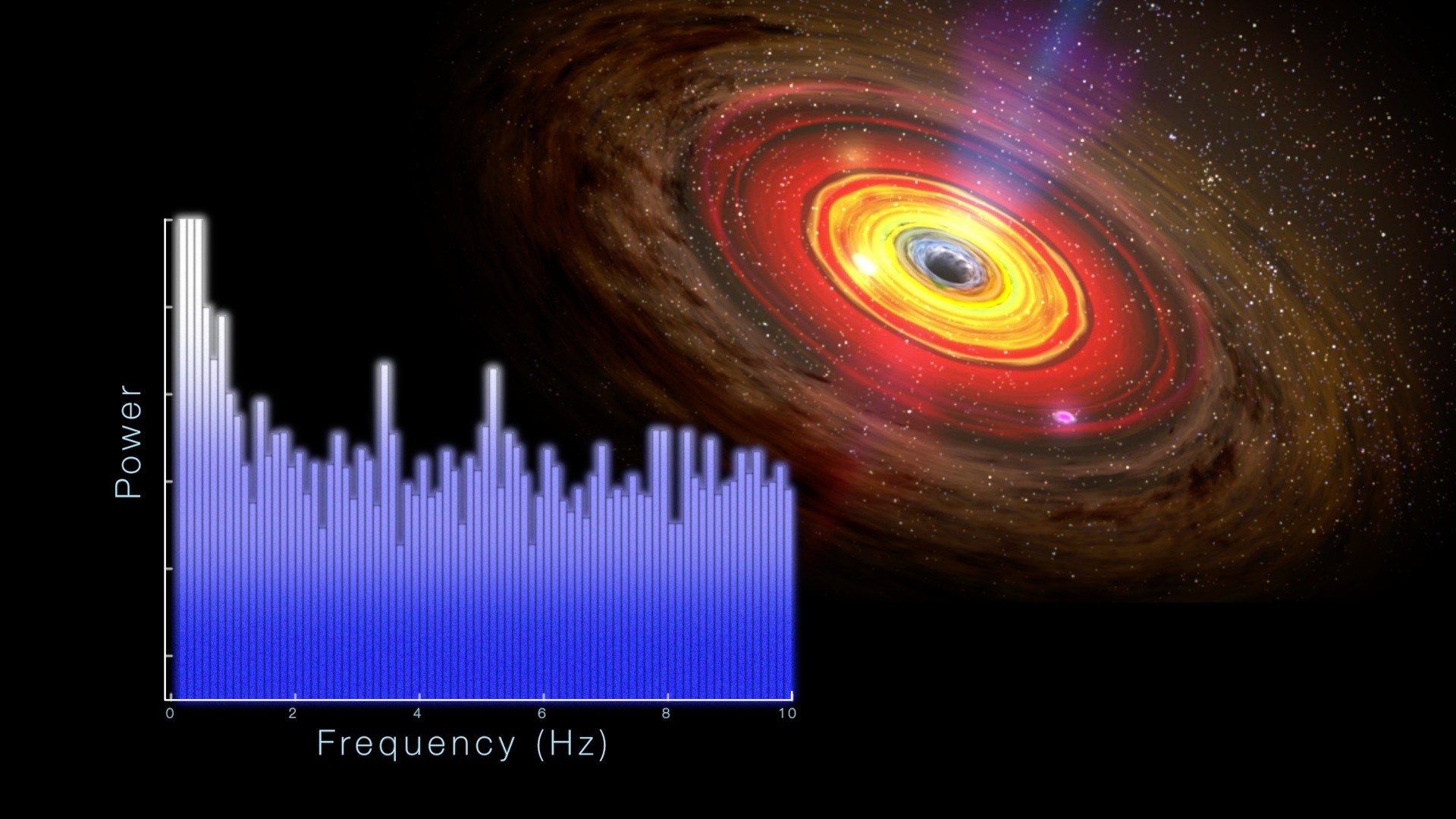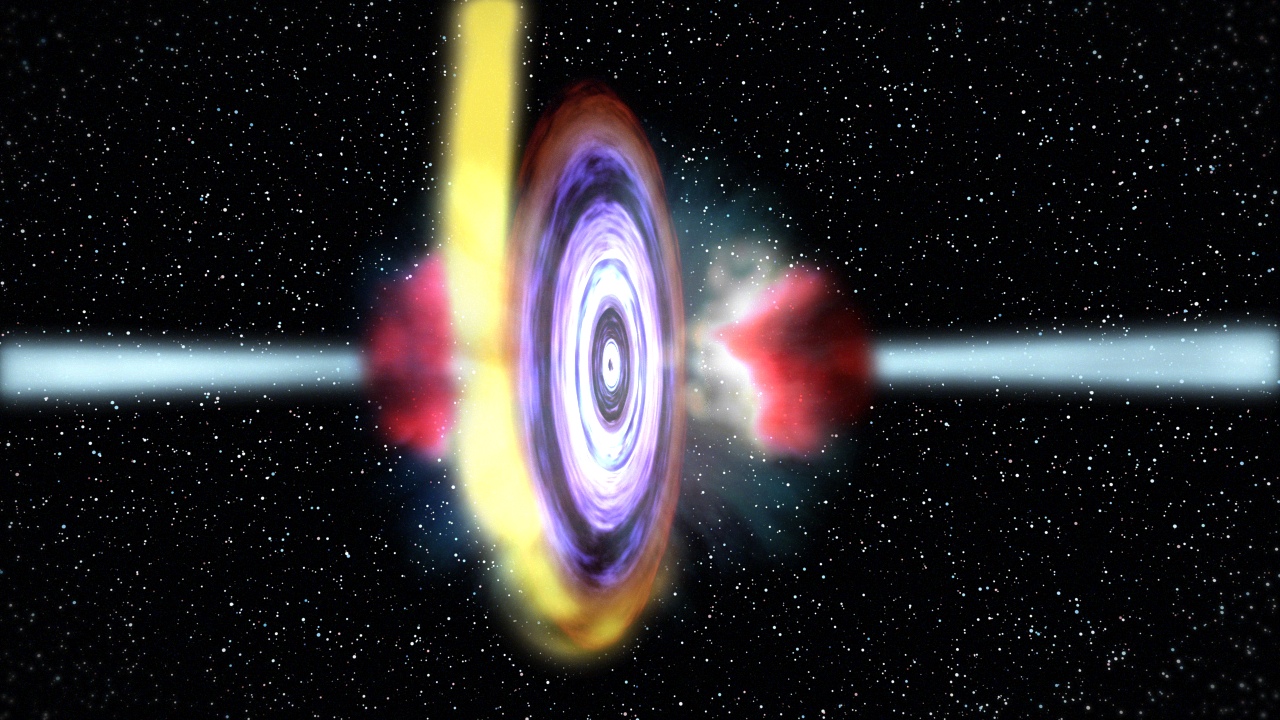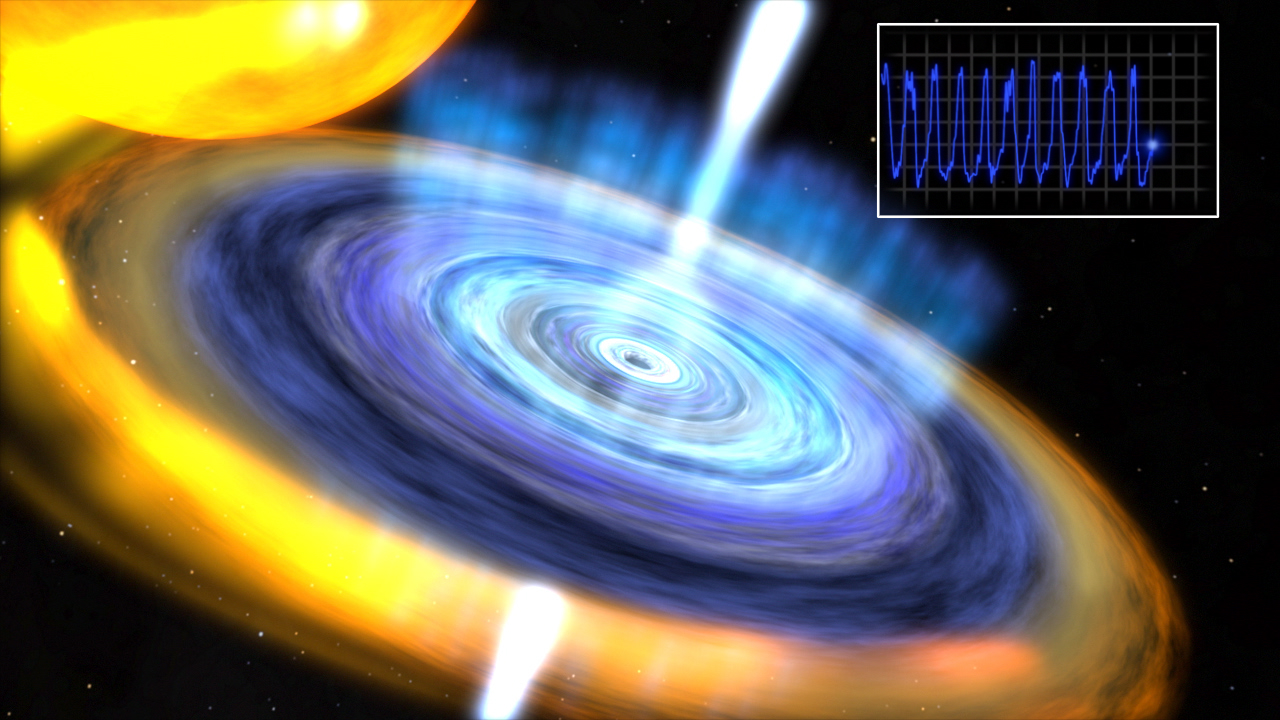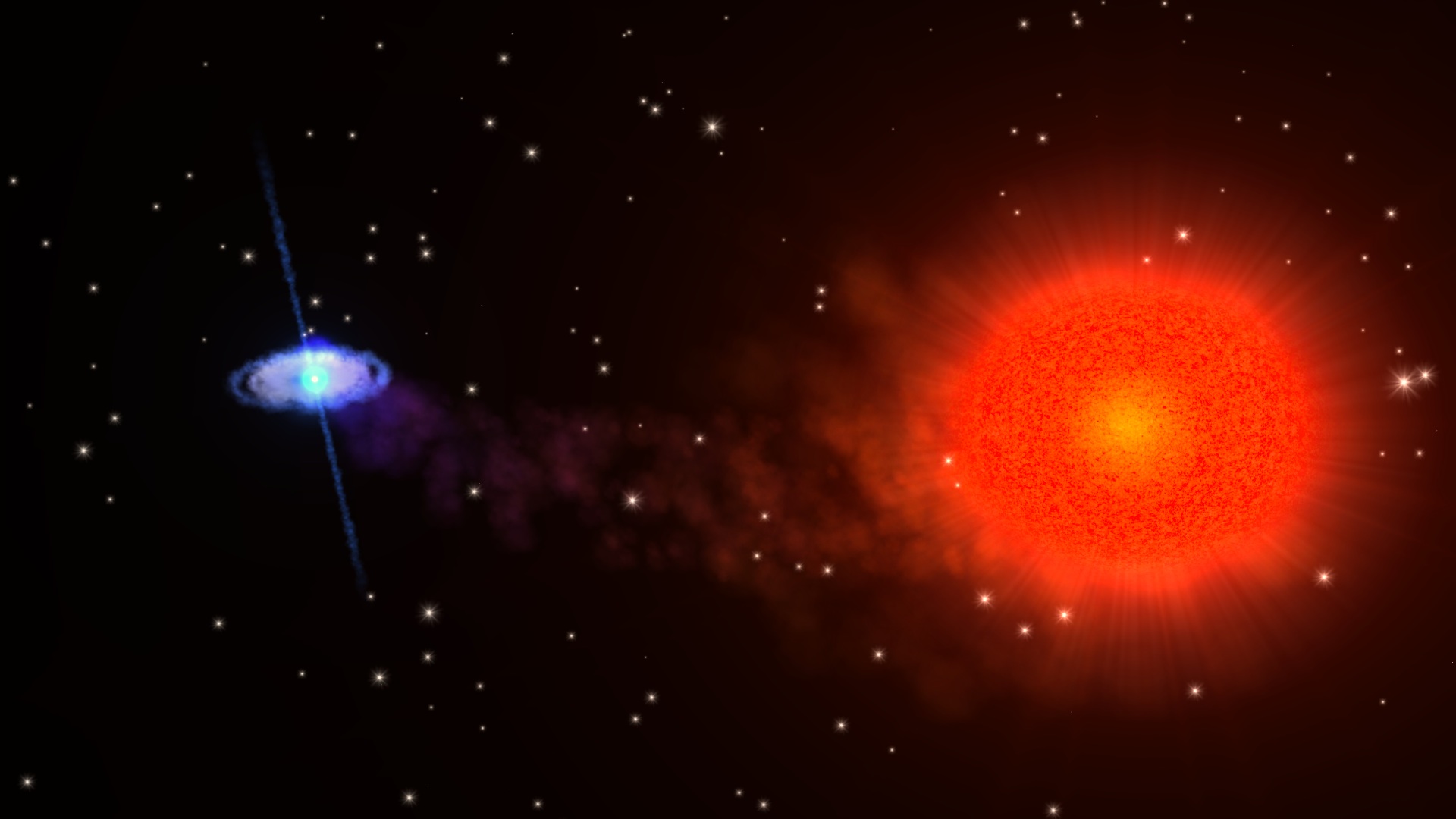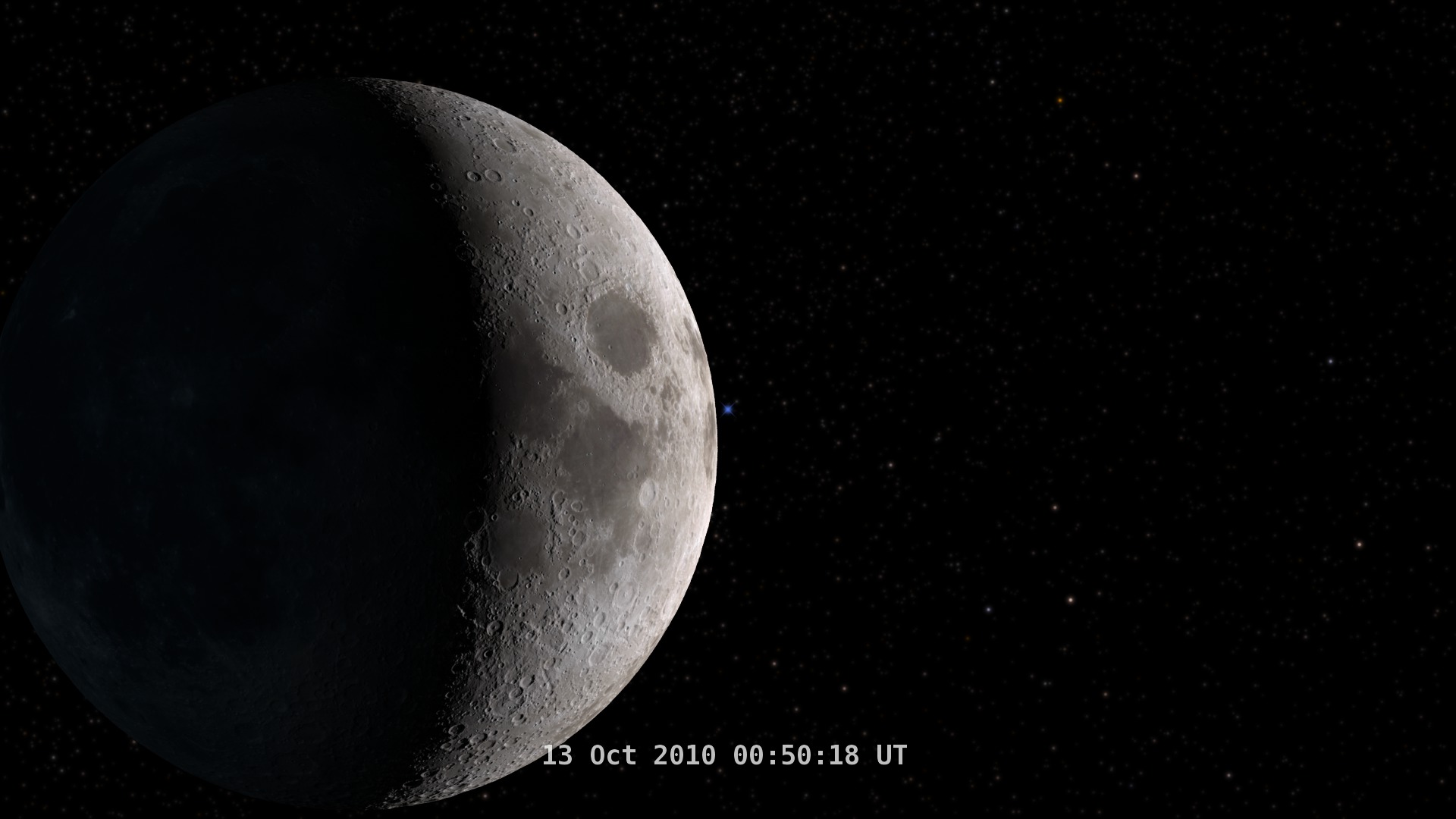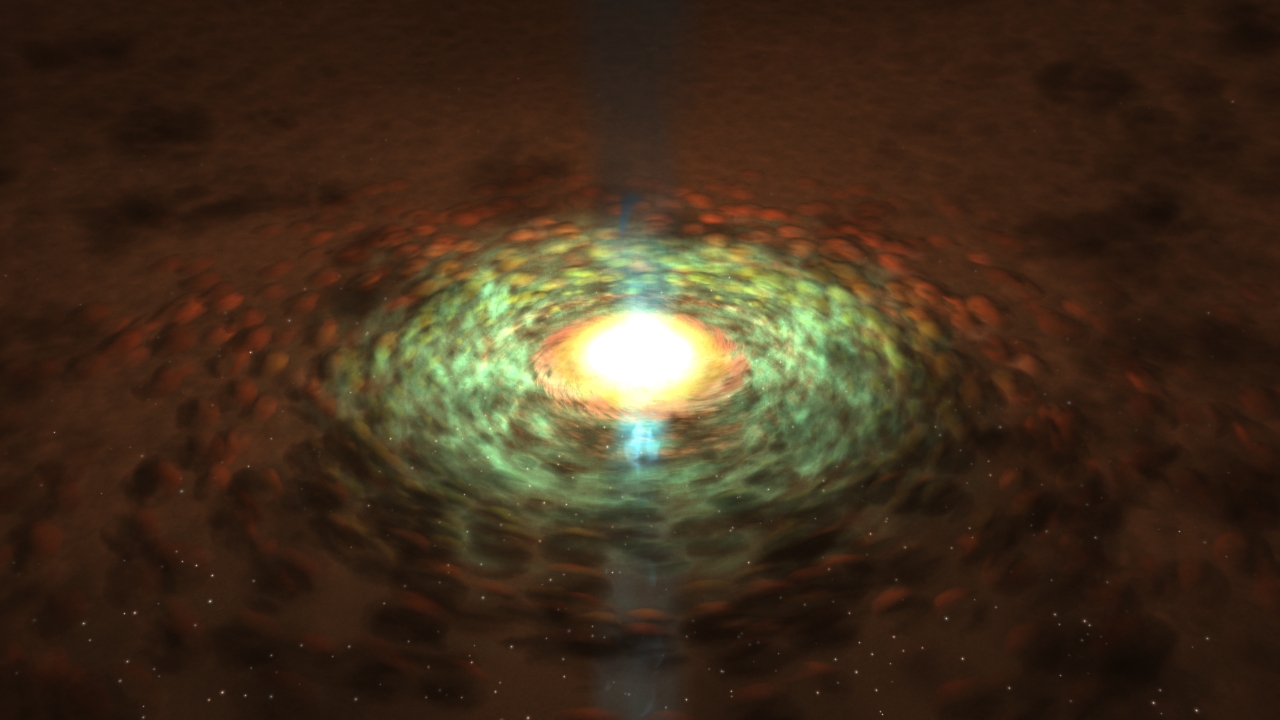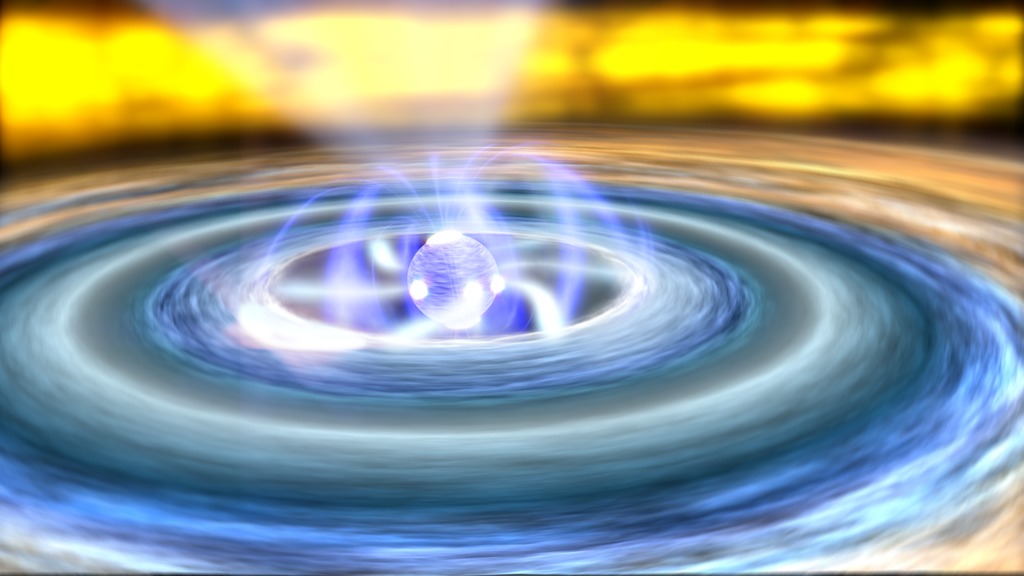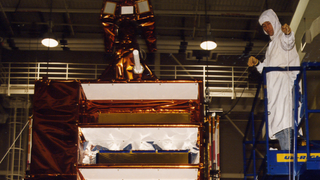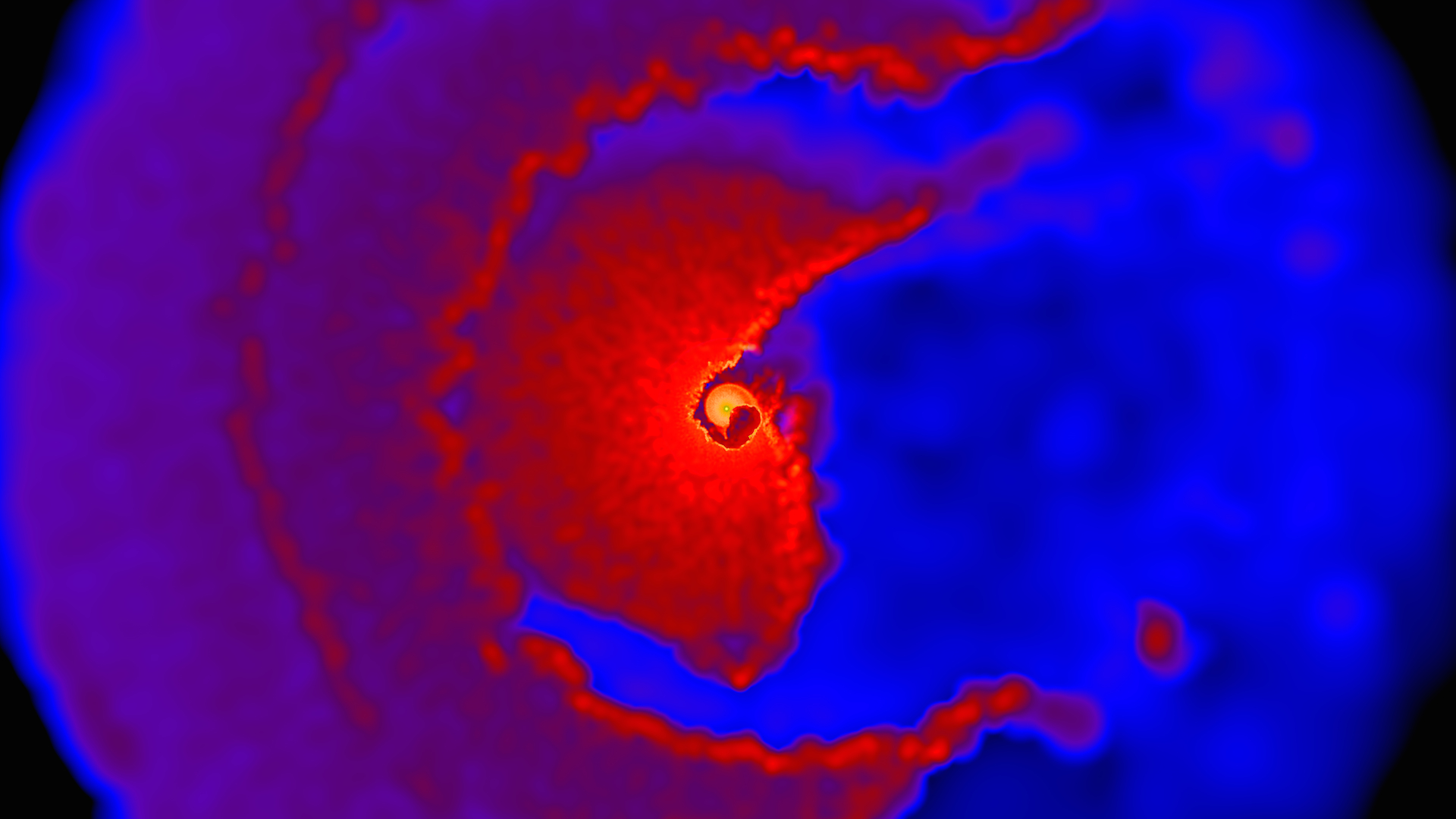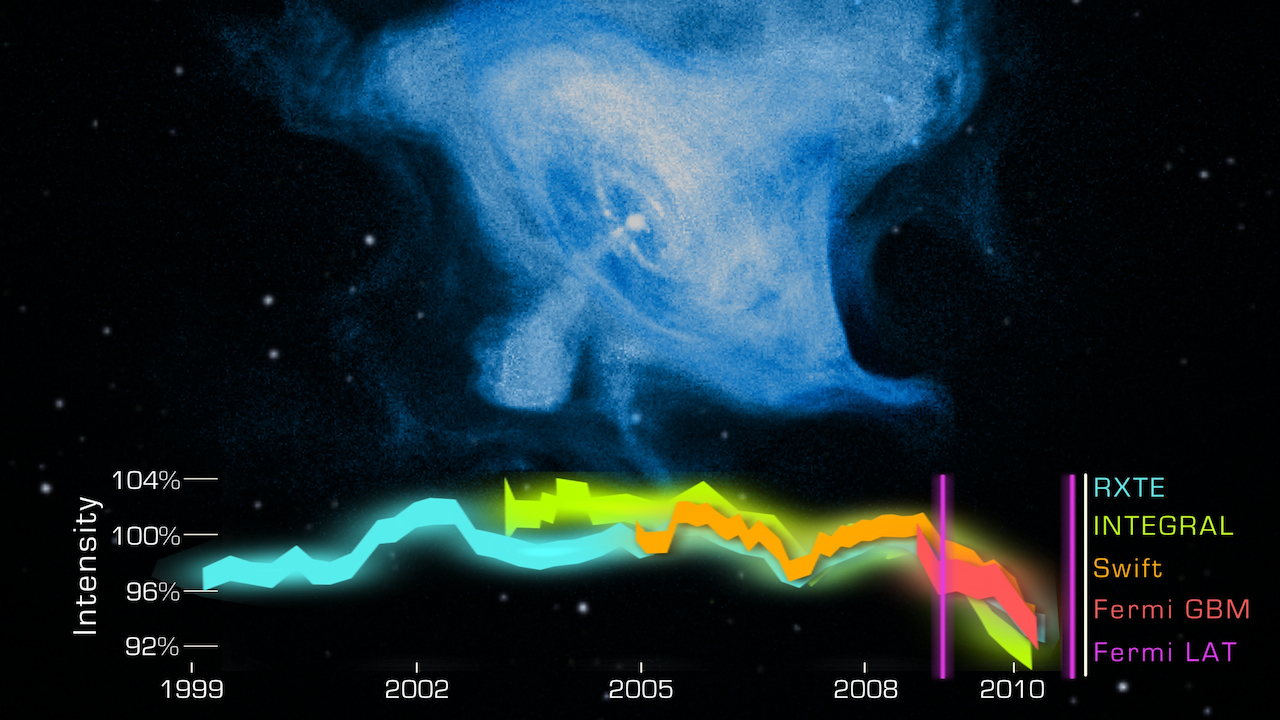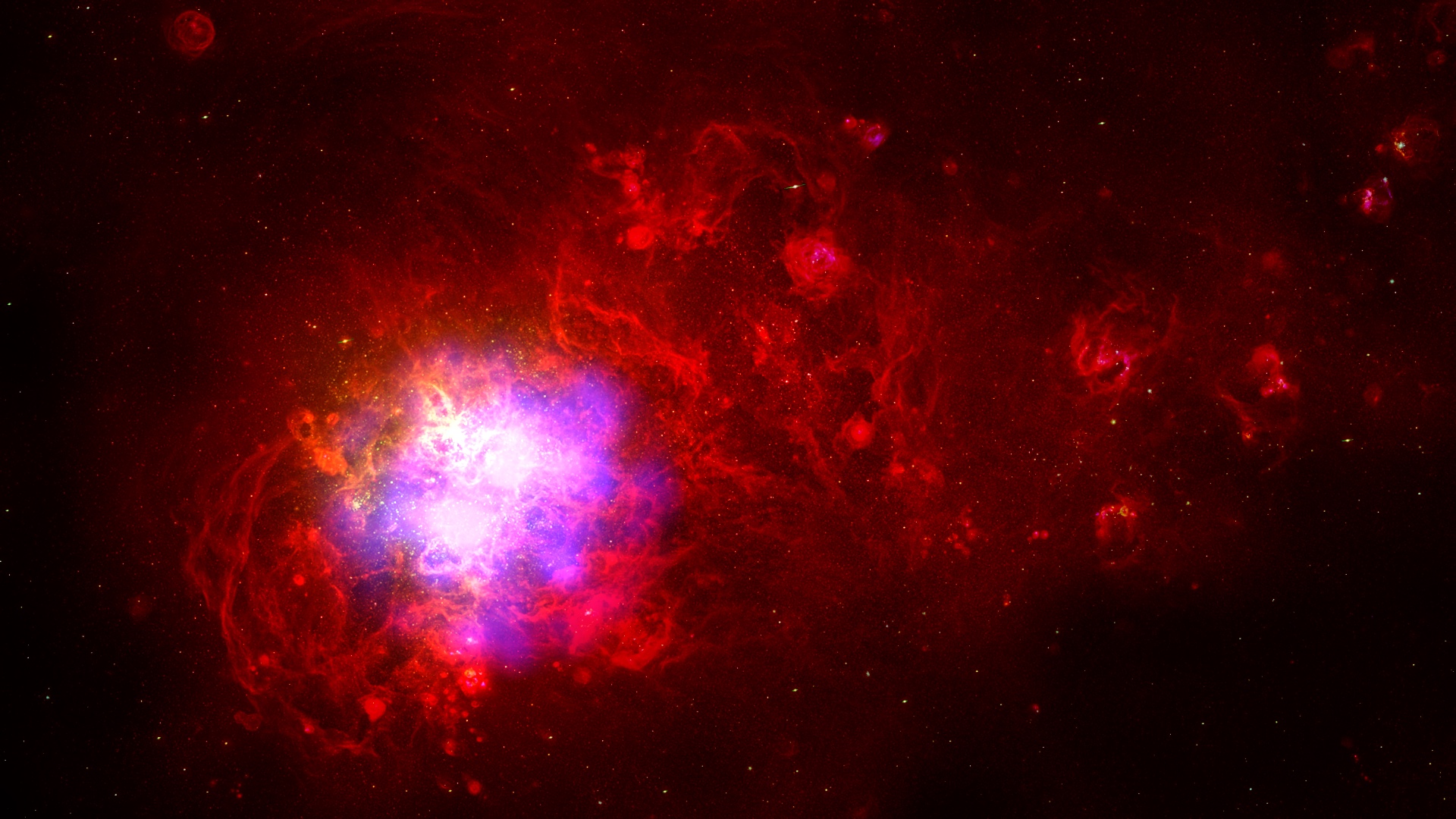RXTE
Overview
The Rossi X-ray Timing Explorer
The Rossi X-ray Timing Explorer, named after MIT astronomer Bruno Rossi, probed the physics of cosmic X-ray sources by making sensitive measurements of their variability over time scales ranging from milliseconds to years. How these sources behave over time is a source of important information about processes and structures in white dwarf stars, X-ray binaries, neutron stars and black holes. RXTE launched on Dec. 30, 1995, atop a Delta II rocket into low-Earth orbit (600 km altitude and 23-degree inclination). RXTE could maneuver quickly to point its instruments at a source, which allowed it to study short-lived or new sources as they were discovered. With instruments sensitive to a wide range of X-ray energies (from 2,000 to 250,000 electron volts), RXTE operated for 16 years before being decommissioned in 2012; the satellite re-entered Earth’s atmosphere on April 30, 2018. The astronomical community has recognized the importance of RXTE research with five major awards. These include four Bruno Rossi Prizes (1999, 2003, 2006 and 2009) from the High Energy Astrophysics Division of the American Astronomical Society and the 2004 NWO Spinoza Prize, the highest Dutch science award, from the Netherlands Organization for Scientific Research.
Multimedia stories including RXTE results
- Produced Video
- Produced Video
- Visualization
- Produced Video
- Produced Video
- Produced Video
- Produced Video
- Produced Video
